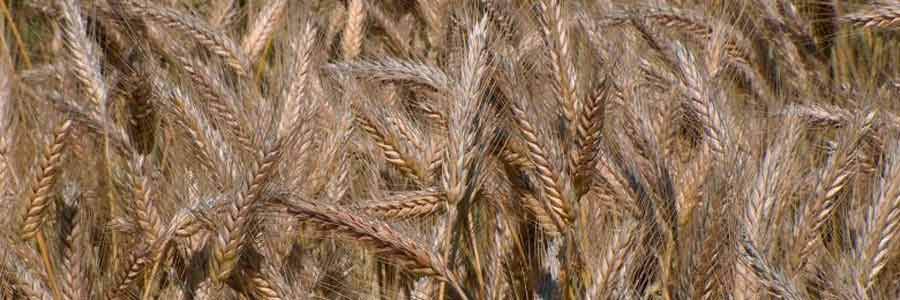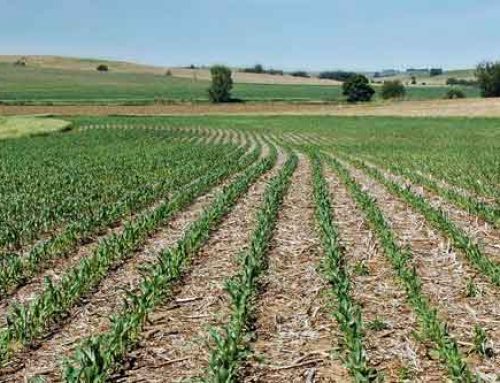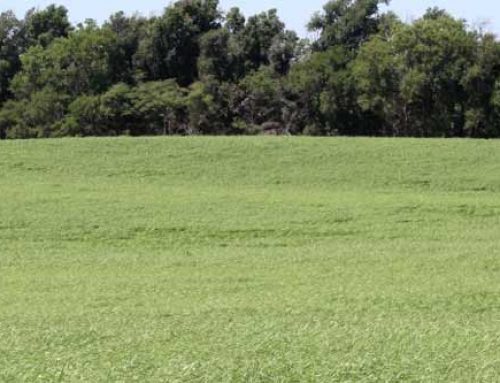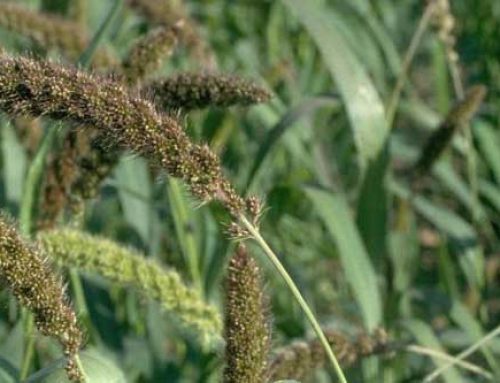Triticale had a humble beginning in 1875 when hybrids of wheat and rye were made. Triticale takes its name from Triticum and Secale (Latin names for wheat and rye). As a hybrid, this grain gets the best from each of its parents. It has the hardiness of rye and will self-pollinate like wheat. Today, it is mostly used for ensilage. Triticale is high in protein, making it an appealing feed for livestock. Over time, this hybrid has been vastly improved, and is gaining popularity, which means it’s important to become acquainted with.
There are many benefits to growing triticale. It is more durable than wheat when grazed; which means it will be healthier and stand up to weeds, diseases and cold weather better than wheat. On the High Plains, it is virtually disease free. Triticale will yield higher tonnage than wheat when taken for silage. It is a more efficient feed than corn, alfalfa and soybeans. In fact, triticale can completely replace corn in a hog’s diet. When used for silage, triticale may only require 12 – 16 inches of water from the start of its growth to the finish. This is great news for areas where water is in short supply.
Triticale is a great crop to add into a rotation with corn or soybeans. Unlike alfalfa, triticale is a one year commitment. Where alfalfa locks a producer in for multiple years of production, costs more to establish, and requires more irrigation for good yields, triticale creates flexibility in a rotation. In the fall, triticale replaces winter wheat or rye. In the summer, after it is harvested for silage, there is time to double crop with another forage crop, corn or soybeans. When a spring or winter grazing option is needed, triticale can be the answer.
Planting times vary for triticale depending on location. For example, in the High Plains of Kansas, Oklahoma and Texas, it can be planted mid-August to mid-September. In Central Kansas and Oklahoma, planting times may start in early September and end by the first of October. Within four to six weeks, grazing can begin. Fertilization requirements are similar to wheat, including nitrogen, phosphorus and lime. Triticale uses these nutrients very efficiently. To learn more about the importance of proper fertilization, namely phosphorus, refer to The Importance of Phosphorus Fertilizer in Wheat.
More and more farmers on the High Plains are growing triticale because of it’s many uses and advantages. To learn more about planting triticale, contact your local Crop Quest Consultant.
Featured photo by: Triticale, MarkusHagenlocher, Wikimedia.org





